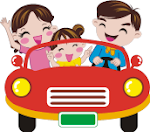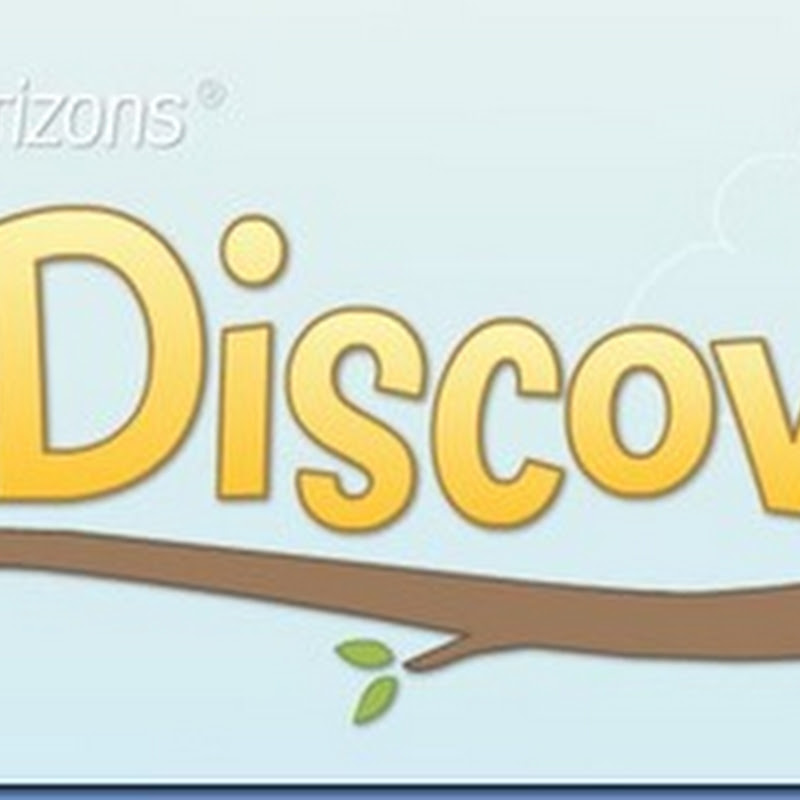.jpg) Welcome! Science is a favorite subject in this house because it usually means interesting books to look at or read, a lab that makes a mess, and a lot of washing our hands when its all done. Well this week was no exception to that. For three days we learned about things that are human made versus things that are naturally made. In our house natural means God made it and it stays the same and human made means the men that God created to natural things and changed them into something else.
Welcome! Science is a favorite subject in this house because it usually means interesting books to look at or read, a lab that makes a mess, and a lot of washing our hands when its all done. Well this week was no exception to that. For three days we learned about things that are human made versus things that are naturally made. In our house natural means God made it and it stays the same and human made means the men that God created to natural things and changed them into something else. PRE LAB: Students use a worksheet to compare Human and Natural made.
OBJECTIVES:
VOCABULARY:
- Recognizing the difference between artificial and natural.
- Exploring the requirements of being "naturally" made.
MATERIALS:
- artificial
- consumer
- human-made
- natural
- worksheet
BACKGROUND:
Students may not recognize items created from natural substances versus those created by artificial means. For instance, wood products such as paper or wooden desks are made from trees. So the material is natural, but the product itself if human created. However, plastics resulted from a chemical combination involving petroleum products and are artificially created. Technology today makes many artificial products that look very much like the natural ones it imitates. It may be confusing to children to separate these terms. An ant, bird, or any other animal makes a home and we call that natural. A human makes a home and that is considered artificial or human-made. What is the difference? When an organism lives within the context of the other living creatures in an area, that is natural. When organisms, like humans, control the environment to the point where it doesn't resemble its original state, it is considered artificial or a built environment created by humans.
Emphasize to your students that they control the future directions of our built environment. When they grow up, they will have positions as builders, architects, bankers, planners, geologists, politicians, and engineers who will help decide where and what is constructed in an area.Lab: Classifying Objects in the Classroom
Each person can make a difference on how they work, play, and consume products in our country. Each person influences the next generation and to understand how the environment is a part of that future is important.
PROCEDURE:
- Using the worksheet, have students circle those items which are made by humans.
- Discuss each item with students on what is the original material and how it was created.
- Answers:
- A seastar is naturally created. The five part symmetry is natural artwork.
- A corkscrew is human-made, although the handle may be wood and the metal is derived from nature. All the raw products would have to be made in a human factory.
- The worm created its home without any intervention of humans.
- The glider is human-made from different fabrics, wood, and metal.
- A tree is natural.
- Rockets are made by humans, but the man itself is made by nature.
- Cars are manufactured by humans, although some of the parts especially metal and rubber are derived from nature. Many parts of a car today are made of products that are synthetically derived.
- Clouds are naturally made of water.
- A light bulb is artificially made. Glass is derived from quartz (a mineral) or quartzite (a rock) which are natural.
- The man is using machines to make something in a factory, this would be human-made.
- The tools, although made of metals which occur natural, are human made.
- The cow is nature made.
OBJECTIVES:
VOCABULARY:
- Discovering what is human or naturally made.
- Classifying objects in the classroom.
MATERIALS:
- built
- environment
- human
- natural
- lab sheet
| NATURAL | HUMAN |
| NATURAL | HUMAN |
| NATURAL | HUMAN |
| NATURAL | HUMAN |
| NATURAL | HUMAN |
| NATURAL | HUMAN |
| NATURAL | HUMAN |
| NATURAL | HUMAN |
PROCEDURE:
- In this activity, students decide if certain items are natural or human-made. Your classroom is full of human-made items. The outside of the school contains more natural items.
- Have students cut out the pieces on the enclosed lab sheet and put their name on the back of each one.
- Control what the students look at by placing the items in back of a margarine tub or some other container.
- As they observe the items, the students then decide whether they think it is natural or human-made. After the students have made their decision, they place a "natural" or "human" strip in the appropriate margarine tub.
- Discuss characteristics of items made by humans and items that are natural. Human-made objects are usually constructed for the use of people. Even flags and paper are human-made. Trees, plants, nests, rocks, and sand are examples of naturally made.
- After students spend about 10-15 minutes deciding what is human made and what is natural, go over their discoveries. You might be surprised at what they think!
Post Lab:
OBJECTIVES:PROCEDURE:
VOCABULARY:
- Exploring living requirements of an environment.
- Observing how organisms adapt to an environment.
MATERIALS:
- built
- city
- environment
- home
- Home for a Dinosaur by E. Curran (Troll)
- City Critters Around the World by A.G. Koss ((Price, Stern, Sloan)
Overall this was a great lab for early learners. It definitely helped them to understand their environment in new way. The books were cute but still we are trying integrate a sense of who God is, His character, and the importance of getting out and enjoying nature that hasn't been changed-that's why our family likes to hike. On a side note Jr. asked me if our youngest, who is very spirited, would outgrow her bed like the dinosaur that's too big for the city. So yes, I do believe the wheels are turning and these labs are opening his eyes to the bigger world around him.
- In Home for a Dinosaur, a dinosaur named Bronty visits the city and creates havoc because he is too big. Bronty doesn't fit into the city because he is too big and the city wasn't built for dinosaurs. Bronty needs a large space to live, so his environment is different.
- After you read this story, ask students if Bronty has a right to live in the city, and if so, how can the city be made to accommodate his large size. Please reinforce that dinosaurs never lived with people.
- Ask students if there would be any other problems that would arise. For instance, where would the dinosaur find food? Where could they go for entertainment? The students will develop their own silly questions about a dinosaur in their world, so be prepared!
- City Critters Around the World is a series of poems that introduce the children to far away lands and the animals that live in those cities. Before you read the story, ask students what animals there are in their city.
- There are many animals in today's cities in the United States. Squirrels, birds, opossum, rats, mice, spiders, insects, dogs, cats, hamsters, guinea pigs, rabbits, and fish are common to almost any city. These animals are not dependent on the city and have learned to adapt to the environment which was changed without their consent.
Science Is Fun!
Jenna

.jpg)






















No comments:
Post a Comment